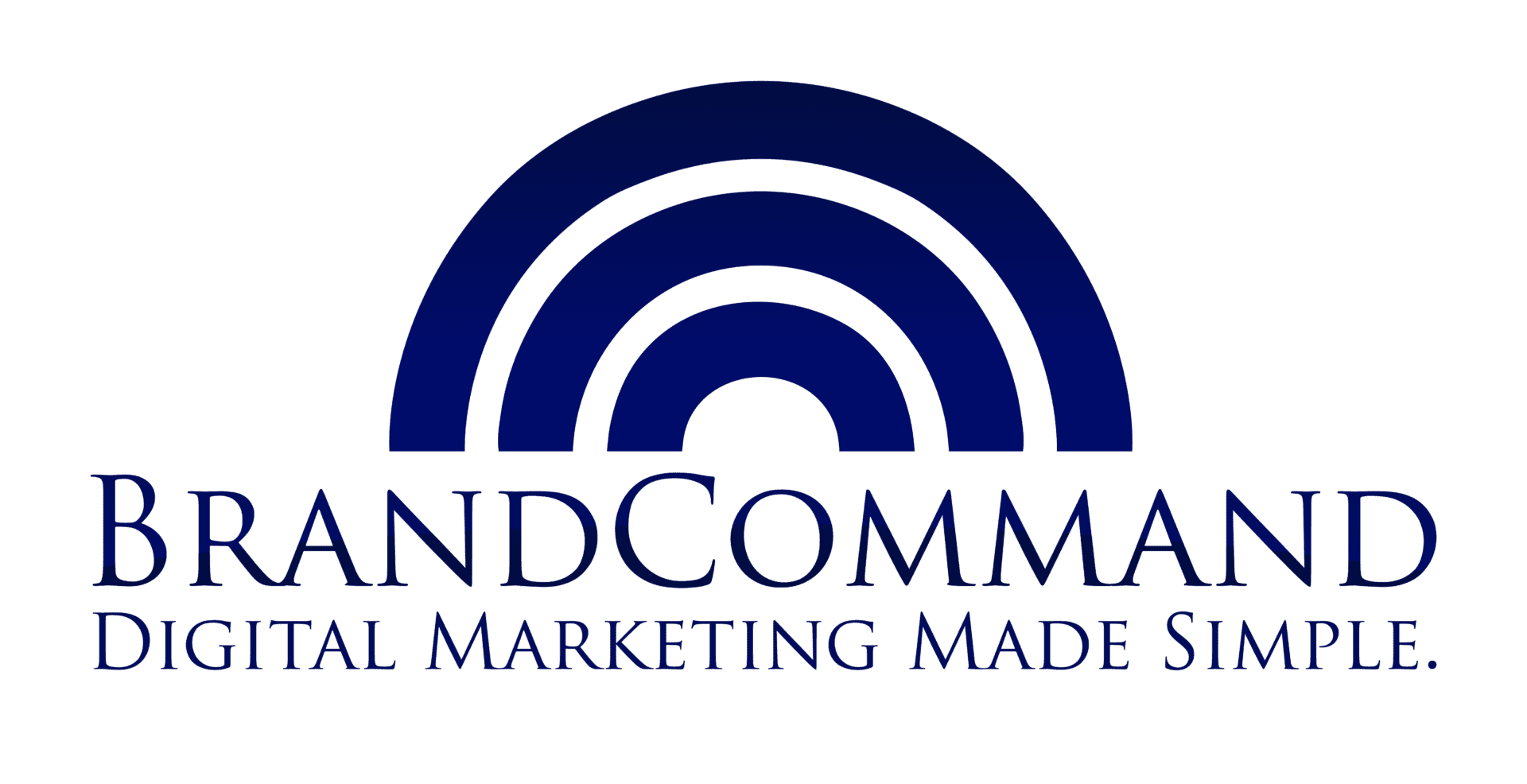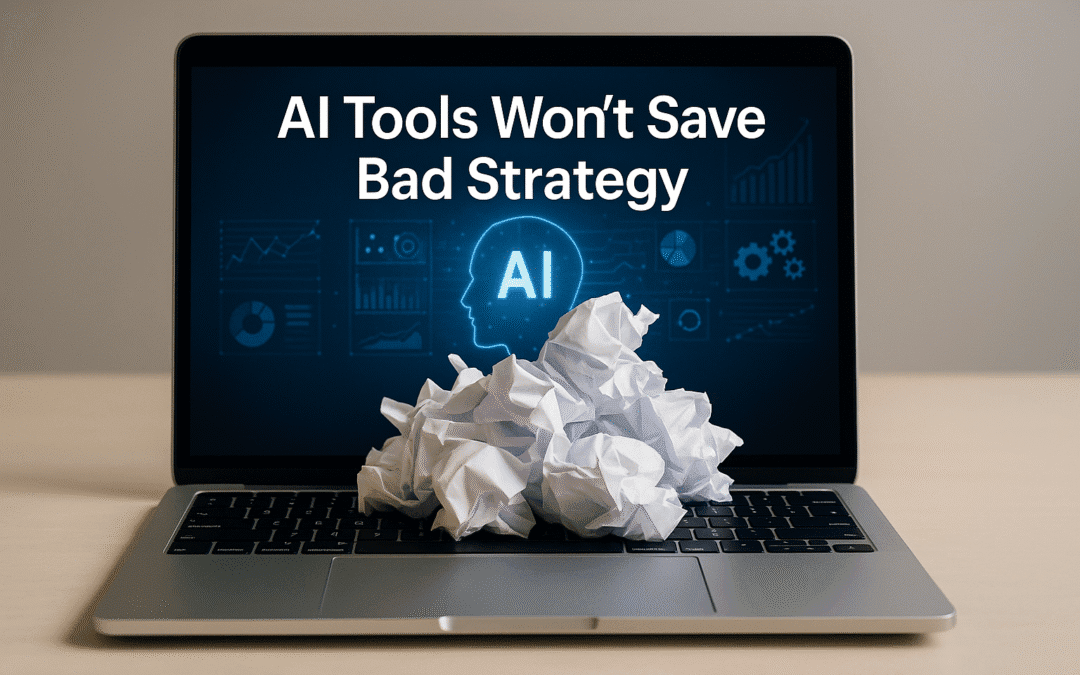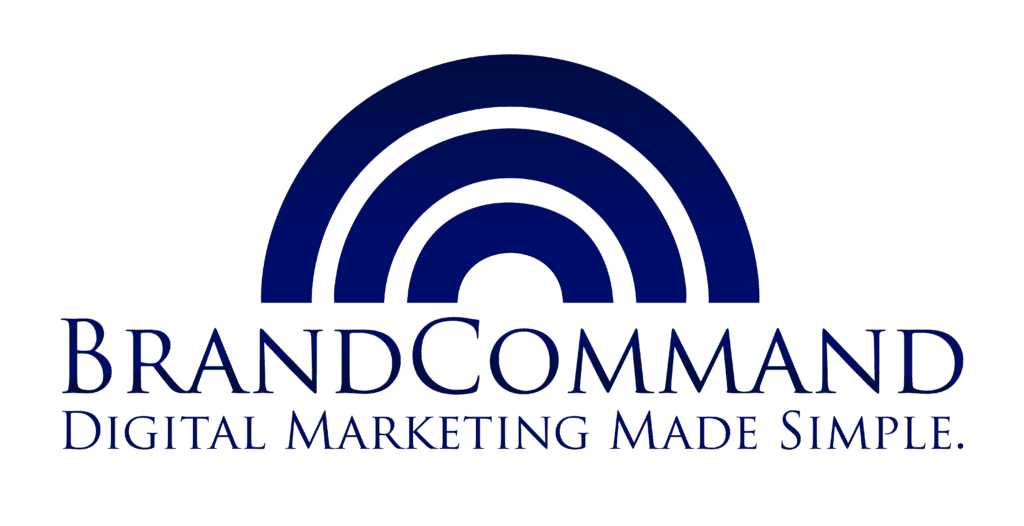Everyone’s rushing to buy AI marketing tools. Most are wasting their money.
I’ve watched this movie before. Social media tools, mobile apps, marketing automation platforms. The pattern never changes.
Businesses pile on technology hoping it will solve their fundamental problems. It won’t.
The old programming rule still applies: garbage in, garbage out.
The AI-Customer Connection Gap
Here’s what’s really happening. Your potential customers are using AI to make purchasing decisions before they ever visit your website.
They’re asking ChatGPT about the best HVAC companies. They’re using voice search to find dental clinics. They’re letting AI summarize their options.
But most local businesses aren’t even in that conversation.
When a service business feeds generic information into their AI knowledge base, they get generic results. Basic business details produce basic content that doesn’t resonate with anyone.
The more personalized your inputs, the more your content speaks to your ideal brand customers. But building that AI knowledge base requires samples of your exact brand voice.
Then you have to constantly monitor and tweak everything to keep it on point.
The Two-Tier Market Emerging
We’re heading toward a fundamental market division. 78% of organizations now use AI in at least one business function, but most implementations lack strategic foundation.
In three to five years, many businesses will need integrated AI platforms just to compete. Those without them won’t be able to keep up.
Consider two dental practices. The first still does marketing the old way. The second uses an integrated AI system.
When someone searches for a new dentist, the AI-integrated practice ranks high in local search results. Their website has targeted landing pages for specific keywords. Their Google Business Profile gets regular updates with FAQ content.
Their AI webchat immediately engages website visitors, answers questions about services and insurance coverage, and books appointments directly into their calendar system.
The whole customer acquisition process runs automatically. After the appointment, automated follow-up requests reviews and nurtures future visits.
The traditional practice can’t match this systematic approach.
Getting Into AI Summaries
The real battle happens before customers reach your website. When they ask AI for recommendations, you need to appear in those summaries.
This requires proper website structure with keyword-optimized landing pages. When AI searches for relevant content, it can reference your site and Google Business Profile.
FAQ sections on every page become crucial. AI looks for relevant content to include in summaries.
You need high organic rankings and top-three positions in Google’s local pack. Strong review profiles on sites like Yelp matter more than ever.
But here’s what everyone misses: technical optimization alone won’t create sustainable advantage.
Strategy Still Wins
The sustainable competitive advantage isn’t having optimized pages. It’s having a system that keeps everything organized and monitored.
Keywords must connect directly to revenue. Every page should target specific terms that attract your ideal brand customers.
But the real advantage comes from continuous monitoring and improvement. Competition will increase. The businesses that can constantly fine-tune their systems will dominate.
Marketing and sales will account for two-thirds of AI’s business opportunity, representing $1.4-$2.6 trillion in global value.
Yet only 1% of executives describe their AI rollouts as mature. Most companies haven’t seen organization-wide impact from their AI investments.
The Human Element Becomes More Important
Complete automation raises an obvious question: where does the human element fit?
The answer might surprise you. As marketing becomes more automated, relationship building becomes more valuable, not less.
The human element happens in service delivery itself. Face-to-face interactions build trust and relationships.
In an AI-driven world, relationship marketing moves to the forefront. Being present in your local community matters more. Sponsoring events, connecting with customers at community gatherings, and giving back become differentiators.
AI handles efficiency in customer acquisition and conversion. This frees businesses to focus on what matters most: building genuine community connections.
The Strategic Framework
Smart AI implementation follows a clear pattern. Start with strategic positioning, not software selection.
Define your ideal brand customers first. Understand exactly who you want to attract and what matters most to them.
Build your AI knowledge base around your specific brand voice. Generic inputs produce generic outputs that don’t differentiate you.
Create systematic monitoring processes. Once optimized, your system needs constant attention to stay ahead of increasing competition.
Integrate everything into a unified platform rather than managing scattered tools. One dashboard, one strategy, one team.
Remember: customer retention increases of just 5% can yield profitability improvements of 25% to 125%. AI systems should nurture existing relationships, not just acquire new customers.
The businesses that understand this strategic approach will dominate their categories. Those that just buy more AI tools will fall behind.
Strategy beats tactics. Every time.
-Bill


